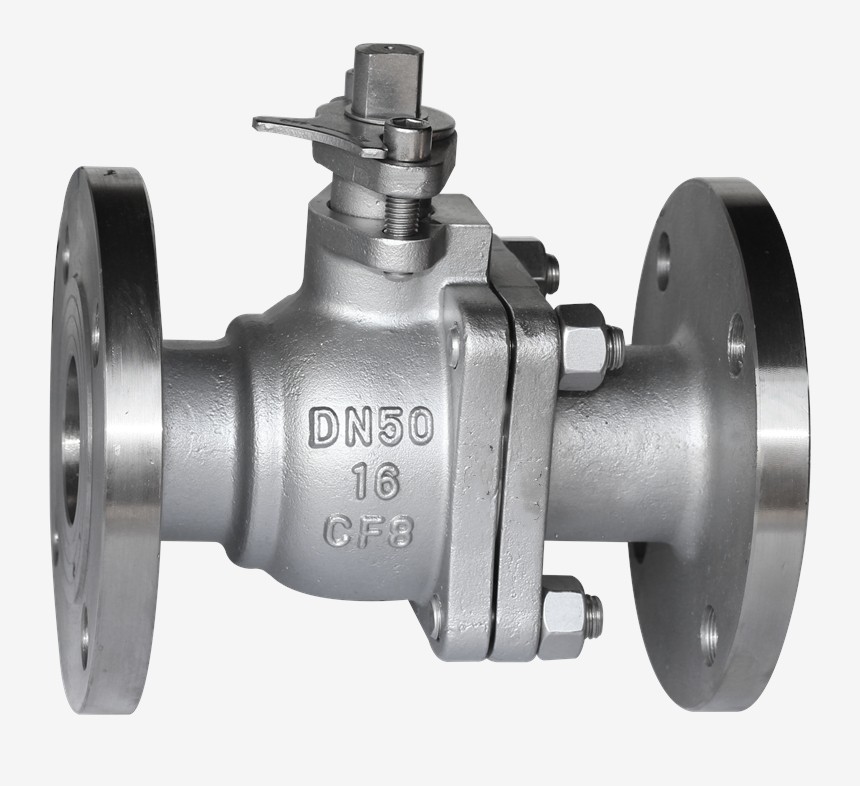flange weldneck
Understanding Flange Weld Neck A Key Component in Industrial Applications
In various industrial applications, the connection between piping systems is critical to ensuring the integrity and efficiency of fluid transport. One of the essential components that facilitate these connections is the weld neck flange. This article delves into what a flange weld neck is, its advantages, and its applications in different industries.
A flange weld neck is a type of flange that is designed with a long neck that is welded to a pipe. Its design features a tapered neck that allows for a smooth transition from the pipe to the flange, thus minimizing turbulence and resistance in fluid flow. Typically made from materials such as carbon steel, stainless steel, or alloys, these flanges are suitable for high-pressure and high-temperature applications.
Understanding Flange Weld Neck A Key Component in Industrial Applications
Another notable benefit of flange weld necks is their versatility. They are used in various applications, including oil and gas, chemical processing, water treatment, and power generation. In the oil and gas industry, for instance, these flanges are crucial in connecting pipelines and valves, ensuring safe and efficient transport of hydrocarbons.
flange weldneck

Installation of a flange weld neck typically involves standard welding procedures. The flange is positioned on the pipe, and a weld is applied around the neck to create a strong and leak-proof joint. This process requires precision and expertise to ensure that the weld meets the necessary standards and can handle the operational pressures and temperatures.
In addition to their mechanical benefits, flange weld necks also facilitate ease of maintenance. Should repairs be necessary, the design allows for straightforward disassembly and reassembly without compromising the integrity of the joint. This characteristic is particularly advantageous in industries where downtime can result in significant financial losses.
Furthermore, the compatibility of weld neck flanges with various ANSI or ISO standards ensures global acceptance and ease of integration into existing systems. This compatibility is crucial for engineers and designers who aim to adhere to strict regulations while optimizing their projects for performance and safety.
In conclusion, flange weld necks play a vital role in the design and construction of piping systems across diverse industries. Their strength, durability, and ease of maintenance make them an ideal choice for high-pressure applications. As industries evolve and demand higher efficiency, the significance of reliable components like the flange weld neck will only continue to grow.
-
The Key to Fluid Control: Exploring the Advantages of Ball Valves in Industrial SystemsNewsJul.09,2025
-
The Versatile World of 1, 2, and 3 Piece Ball ValvesNewsJul.09,2025
-
Stainless Steel Ball Valves: The Ideal Choice for Efficient Flow ControlNewsJul.09,2025
-
Optimizing Fluid Control with Ball Float ValvesNewsJul.09,2025
-
Manual Gate Valves: Essential for Control and EfficiencyNewsJul.09,2025
-
Everything You Need to Know About Butterfly ValvesNewsJul.09,2025
-
The Versatility of Wafer Type Butterfly ValvesNewsJul.08,2025




